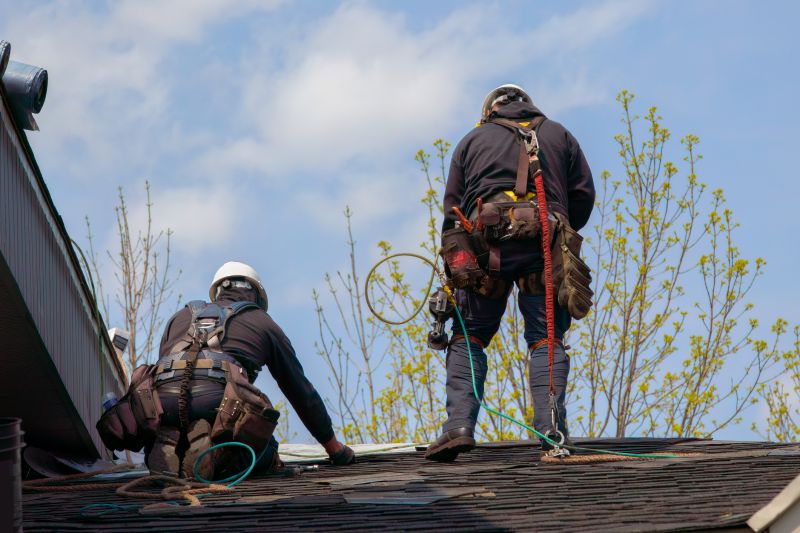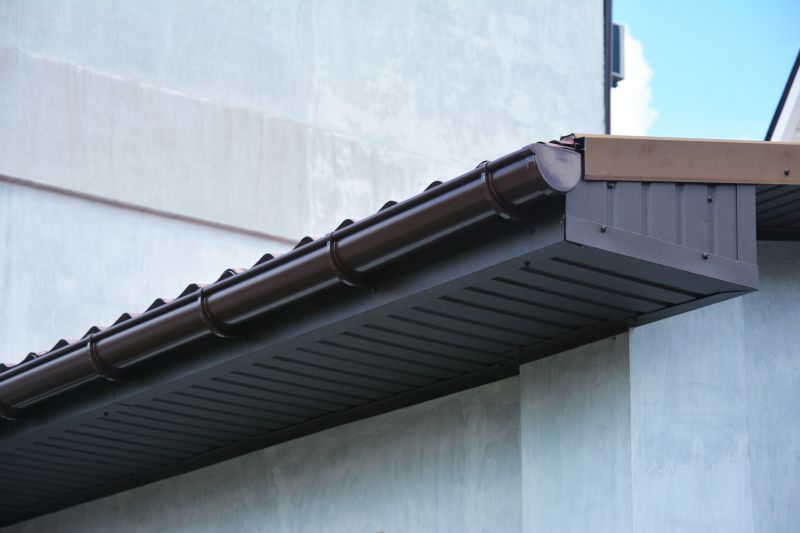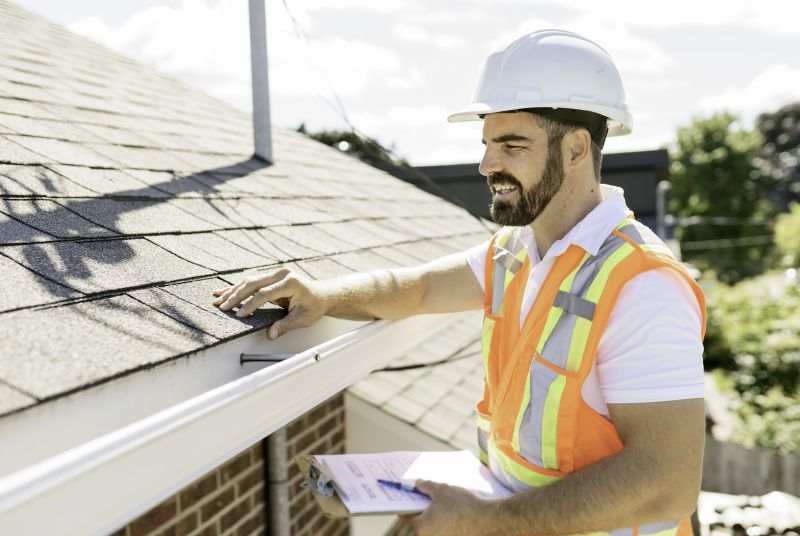Optimal Timing for Roofing Services

Spring offers moderate temperatures ideal for roofing repairs and installations, reducing the risk of weather-related delays.

Summer provides longer daylight hours and warmer weather, facilitating efficient roofing work, though high temperatures may require precautions.

Fall's cooler temperatures and dry weather create favorable conditions for roofing projects before winter sets in.

Ways to make Roofing Service work in tight or awkward layouts.

Popular materials for Roofing Service and why they hold up over time.

Simple add-ons that improve Roofing Service without blowing the budget.

High-end options that actually feel worth it for Roofing Service.

Finishes and colors that play nicely with Roofing Service.
Roofing services involve the installation, repair, and maintenance of roofs to ensure structural integrity and protection from weather elements. Proper timing for roofing work can impact project quality and longevity. Seasonal considerations are important, as extreme weather conditions can delay or compromise roofing projects. For instance, cold temperatures can affect asphalt shingles, while heavy rain can cause delays and water damage.
Weather conditions vary by season, influencing the best times for roofing work to ensure safety and durability.
Most roofing materials perform best within specific temperature ranges, typically between 45°F and 85°F.
Planning roofing projects during favorable weather reduces risks of delays and material issues.
Certain roofing materials, like asphalt shingles, are sensitive to temperature and moisture levels.
Roofing services are essential for maintaining the safety and value of a property. Regular inspections and timely repairs can prevent costly damages and extend the life of the roof. It is recommended to schedule roofing projects during seasons with mild weather to ensure optimal results and minimize disruptions.

Addressing leaks and damage promptly during suitable weather conditions prolongs roof lifespan.

Major replacements are best scheduled in favorable seasons to ensure thorough work and proper curing.

Routine maintenance during spring or fall helps identify issues early and prepare for seasonal changes.

Professional inspections are most effective when performed in dry, moderate weather.

Little measurements that prevent headaches on Roofing Service day.

A 60-second routine that keeps Roofing Service looking new.

A frequent mistake in Roofing Service and how to dodge it.

Small tweaks to make Roofing Service safer and easier to use.
| Season | Ideal Roofing Activities |
|---|---|
| Spring | Inspection, minor repairs, preparation for summer |
| Summer | Roofing installation, repairs during cooler parts of the day |
| Fall | Major repairs, inspections, preparing for winter |
| Winter | Limited roofing work, inspections, planning for spring |
Choosing the right time for roofing services can improve project outcomes and durability. It is advisable to avoid scheduling major work during extreme weather conditions such as heavy snow, ice, or intense heat. Proper planning and seasonal timing contribute to the longevity and performance of roofing systems.

Effective planning considers seasonal weather patterns to optimize results.

Monitoring forecast conditions helps schedule roofing work during suitable periods.

Choosing appropriate materials for the season enhances durability and performance.

Consulting with roofing experts ensures timing aligns with project requirements.

Lower-waste or water-saving choices for Roofing Service.

The short, realistic tool list for quality Roofing Service.

Rough timing from prep to clean-up for Roofing Service.

Quick checks and paperwork to keep after Roofing Service.
For those interested in scheduling roofing services, it is recommended to contact professionals during seasons with stable weather. Proper timing not only ensures quality workmanship but also extends the lifespan of the roofing system. Filling out the contact form can facilitate planning and scheduling according to seasonal best practices.




